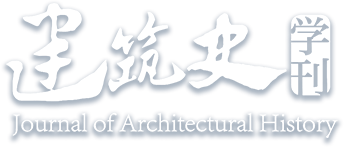Abstract:
In contrast to the extensive scholarships on the Old City of Beijing, the Three Hills and Five Gardens, there is little attention paid to the Chang River, acting as a pivotal link between these two areas. Situated along the Chang River, the Leshan Garden, a significant royal garden, underwent notable transformations from the Qianlong Period to the late Qing. Drawing on historical materials and documents, this paper scrutinizes the historical context and construction characteristics of Leshan Garden across different periods, employing visual representations and various analytical methods. The analysis emphasizes changes influenced by the garden maker’s vision and the intricate historical and geographical context, reflecting the social backdrop of that era and offering insights into the turnover experienced by numerous analogous gardens on the outskirts of Beijing. The paper aims to investigate the evolution of Beijing’s urban development pattern during this historical period, with an additional focus on providing historical evidence supporting the modernization of Leshan Garden and similar gardens in the western suburbs of Beijing.


 下载:
下载: